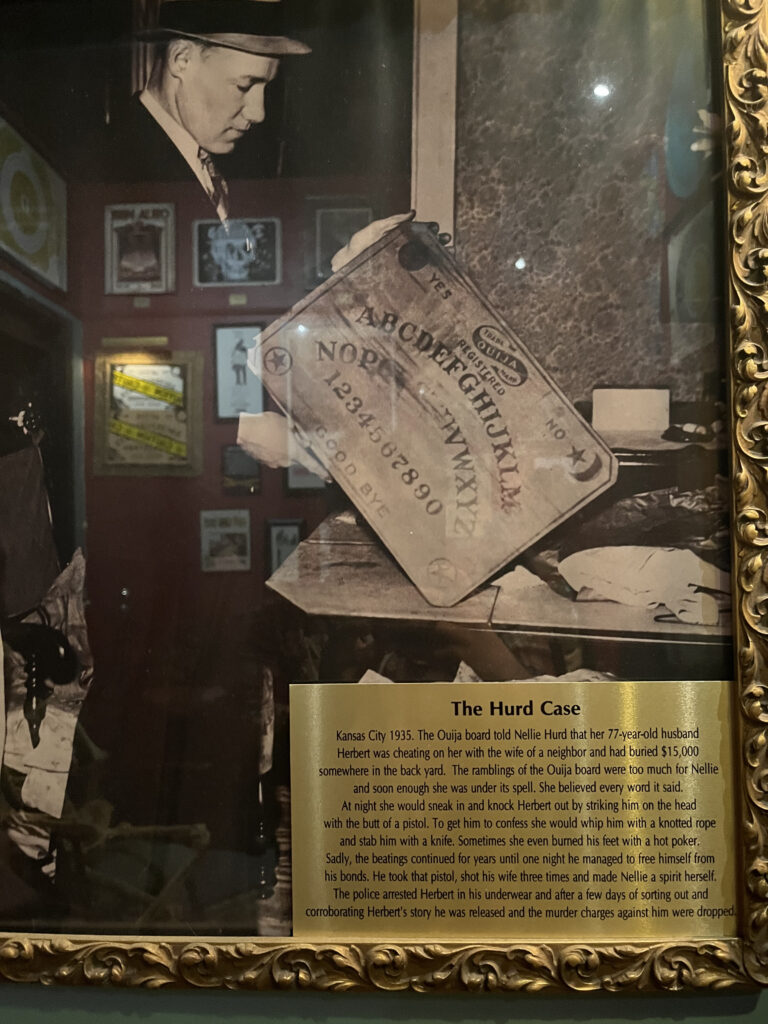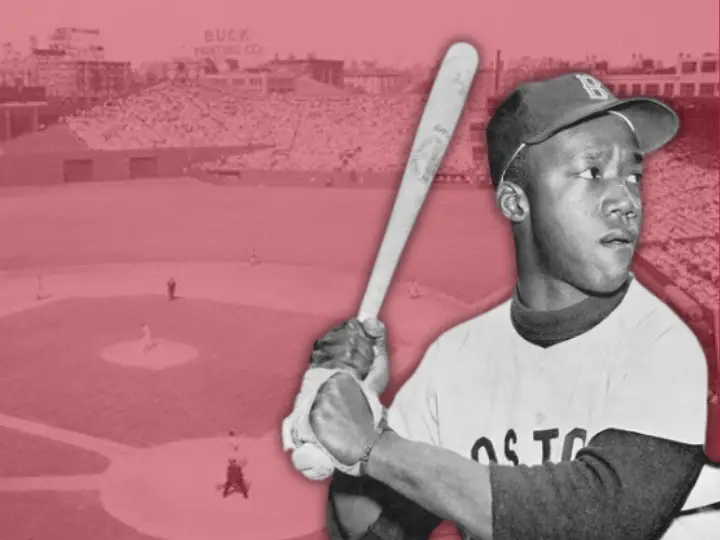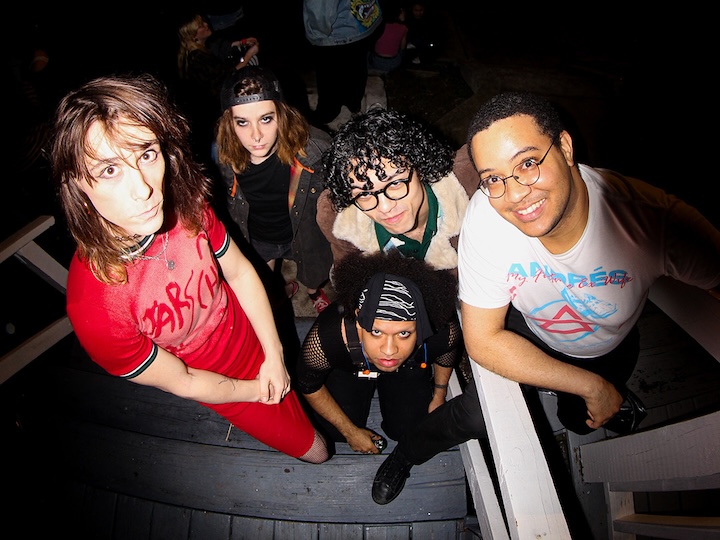The Salem Witch Board Museum is a local landmark that channels a national phenomenon
The Ouijas at the Salem Witch Board Museum are wicked rare.
On average, there are fewer than 50 known copies of each of the boards on display. The oldest is one of the original witch boards, made in 1890.
Some boards are carved out of wood. Some are spherical. A few offer specific suggestions, advice, and warnings, with prefab phrases like “avoid long trips.” Some are romance-themed. Some are more mystical. The Weed-Uija Board offers sage advice for stoners. Select ones pay homage to Glen Danzig or David Bowie. Most offer a broad opportunity to kick around limitless curiosities.
Museum curator John Kozik devoted roughly three decades to trading in some of the most scarce alphanumerical spirit conduits in America before opening the world’s first ever Ouija board museum in 2018.

“I became obsessed.”
Kozik’s fixation has taken him all over the United States.
“One time, I agreed to be in Burbank, California, within 48 hours to pick a board up,” Kozik said. “I have been in the car with a 22-hour drive to Florida ahead of me after making contact with a collector and making a deal with them two hours earlier. I was unaware of this at the time, but she was taking calls from other collectors trying to outbid me.”
Kozik also serves as treasurer of the Talking Board Historical Society. Headquartered in Pinehurst, Mass., the TBHS began in 2008 as a loose affiliation of talking board collectors and enthusiasts, and became a registered non-profit in 2014. They are tasked with keeping an ever-watchful eye on the world of recherché witch boards.
“There was this one board one that we fucking knew was out there because 20 years ago we found the patent for it, but couldn’t find any information about production,” Kozik said of his most incredible discovery: an almost one-of-a-kind find he located in a dirt basement in the middle of Nowhere, Pennsylvania.
“Less than a year ago, someone posted a photo in a Ouija forum, asking if anyone had ever seen one like it before.” It matched the board depicted in the patent. “I contacted them, told them they have one of the most amazing, rarest pieces ever, and I’d offer more money than anyone else.”
The circle of the spirit board collectors is an especially nanoscopic niche crowd of esoteric ghost decrypter enthusiasts.
“When I talk about some rare boards that might sell for thousands of dollars, we’re talking about less than 10 people in the entire world who might pay that, and less than five people in the world who are [actually] willing to do so,” Kozik said.
“We know we can’t own every board. We all have something the others don’t.”

Ghost Writing 101
The first known use of a rudimentary witch board dates back to 1848, when two young sisters in upstate New York claimed to hear strange, continuous, inexplicable “knocks” and “raps that seemed to manifest with a peculiar, otherworldly intelligence,” right before bedtime.
The need for a cryptographic decoder for a post-mortem Morse Code came to be in high demand as the Modern Spiritualism movement took root in America.
The mass-produced talking board was born in Maryland in the late 1800s. Ouija briefly called the North Shore home after Parker Brothers, founded in Salem, purchased production rights in 1966. The Witch City toy tycoons pumped out boatloads of Ouijas at the factory on Bridge Street for about two years before selling the rights to General Mills.
Despite its continued depiction as the perfect vehicle for malevolent supernatural energy throughout the entire spectrum of spooky stories, there is no evidence of any clergy denouncing Ouija as heresy or an object of the occult.
“The Ouija board, in fact, came straight out of the American 19th century obsession with spiritualism, the belief that the dead are able to communicate with the living,” according to a Baltimore Magazine deep dive into the surrounding history. “Spiritualism worked for Americans: it was compatible with Christian dogma, meaning one could hold a séance on Saturday night and have no qualms about going to church the next day.”
As for how it became a commercial success, it has been observed that early patent holders rode the coattails of the discovery of King Tut’s Tomb in 1922. The makers quickly drummed up myths about Ouija as a pastime for Pharaohs, spurring an American popular culture obsession with all things ancient Egyptian. It wouldn’t be the last time.
“Since Ouija’s inception, newspapers reported on its use as a way to communicate with the dead, predict catastrophes, solve mysteries, even commit crimes,” according to the Library of Congress.
“Ouija is not very popular abroad, because other cultures have their own methods, practices, and rituals surrounding spirit communication” Kozik said. “In Europe, they are more likely to use seances, tarot, pendulums and automatic writing. Other cultures that have been around for much, much longer than the United States have been practicing their own forms of meditation and spiritual interaction. The talking board is basically the new kid on the block.”

War Games
The witch board has consistently been a wicked big hit during trying times of war and economic woe alike.
One year after its patented manufacturing moved to Salem in the ’60s, Ouija shocked the world by becoming the first board game to outsell Monopoly. In the following decade, the talking board makers rebranded Ouija as a dating tool for high school kids and young adults, largely to appeal to more suburban households during relative peacetime.
All these years later, Salem is one obvious place to pay homage. And it’s not just the museum. In October 2019, Ouija enthusiast Rick “Ormortis” Schreck and several volunteers built “OuijaZilla,” the world’s largest board and planchette, on the Salem Common. It’s all part of a constantly-evolving narrative, as the core of Ouija folklore centers on inviting visitors into the user’s body in order to communicate.
“Ouija boards and horror stories go hand in hand so well,” Kozik said. “We’re not talking about a haunted house where the ghost might be in the other room or hiding in the closet or under the bed. It’s in the person’s fingertips, and taps into subtle muscle memory, the subconscious, and the supernatural to guide the planchette.”
He continued, “Ouija has become such a commonplace communication device [in movies], audiences may not have recognized its use in the Christmas lights scene in Stranger Things. But the real game changer was when the board allowed the demonic possession in The Exorcist.”
The pop-culture appeal is real. Channeling the success of the Salem Witch Board Museum, earlier this year Kozik opened a second location—in Baltimore. The Maryland hub is another spiritual and business home to Ouija, and also comparably creepy thanks to the legacy of Edgar Allan Poe, whose house there is now open to the public as a museum.
“Ouija is a tool of communication, same as your cell phone,” Kozik said. “Some think wood works better than plastic.”






